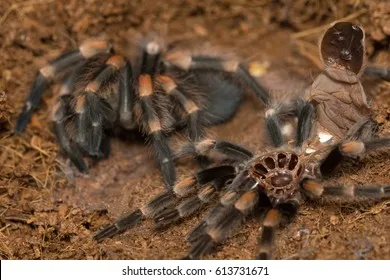What is Shedding (Ecdysis) in Mexican Red Knee Tarantulas
Shedding, also known as ecdysis, is a fundamental biological process in the life of a Mexican Red Knee Tarantula (Brachypelma hamorii). It is how these fascinating arachnids grow and maintain their health. Unlike mammals that grow continuously, tarantulas have an exoskeleton, a hard outer shell made of chitin, that doesn’t grow. As the tarantula grows, it outgrows this shell, and shedding becomes necessary. This process is not only about size; it also helps the tarantula to get rid of parasites, repair injuries, and regenerate lost limbs. Understanding shedding is crucial for any tarantula owner, as it helps in providing the right care and recognizing potential problems.
The Shedding Process Explained
The shedding process in a Mexican Red Knee Tarantula is a complex and energy-intensive event. It begins with the formation of a new, soft exoskeleton beneath the old one. The tarantula then stops eating and becomes less active, often seeking a secluded place to prepare. The old exoskeleton splits open, usually along the carapace (the top of the cephalothorax), and the tarantula slowly wriggles out, leaving behind its old shell. This process can take anywhere from a few minutes to several hours, depending on the size and health of the tarantula. The newly emerged tarantula is vulnerable and soft, and it takes several days for the new exoskeleton to harden completely. During this time, the tarantula is extremely susceptible to injury and dehydration.
Why Tarantulas Shed Their Skin
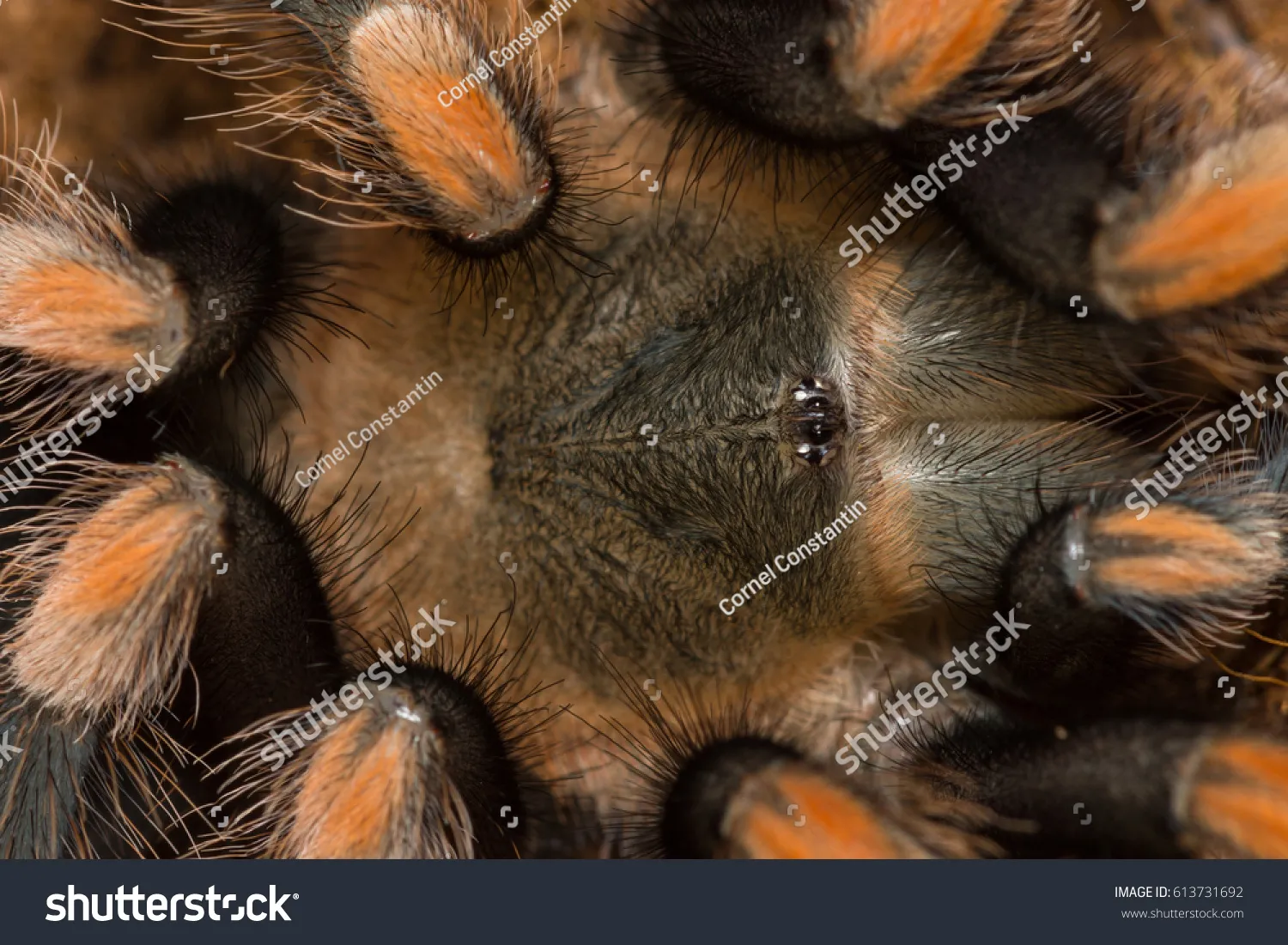
There are several reasons why Mexican Red Knee Tarantulas shed their skin. The primary reason is growth. As they mature, their bodies expand, and the old exoskeleton becomes too tight. Shedding allows them to increase in size. Additionally, shedding serves as a mechanism for removing parasites and other external threats. The old exoskeleton may harbor mites or other unwanted guests. Furthermore, shedding plays a role in regenerating lost limbs. If a tarantula loses a leg, a new one will start to grow during the next shedding cycle. This regenerative ability is one of the remarkable features of these creatures, allowing them to survive and thrive in various environments.
Growth and Development
Shedding frequency directly relates to the tarantula’s age and growth rate. Spiderlings and juveniles shed more often, sometimes every few months, as they rapidly grow. As the tarantula matures, the shedding frequency decreases. Adults typically shed once a year, or even less frequently, depending on various factors such as feeding and environmental conditions. Each shed represents a significant milestone in the tarantula’s life cycle, signifying its progress towards adulthood and reproductive maturity. The size difference between sheds is a good indicator of the tarantula’s health and well-being.
Replacing Old Exoskeleton
The exoskeleton doesn’t simply expand; it’s completely replaced. During the shedding process, the tarantula creates a new, larger exoskeleton underneath the old one. This new exoskeleton is initially soft and vulnerable, allowing the tarantula to expand its size before it hardens. The old exoskeleton is essentially a cast that is discarded. The new exoskeleton is not only larger but also free from parasites and any external damage the tarantula might have sustained. This fresh start ensures the tarantula can continue to grow and thrive without the constraints of its old shell.
Top 5 Facts About Mexican Red Knee Tarantula Shedding
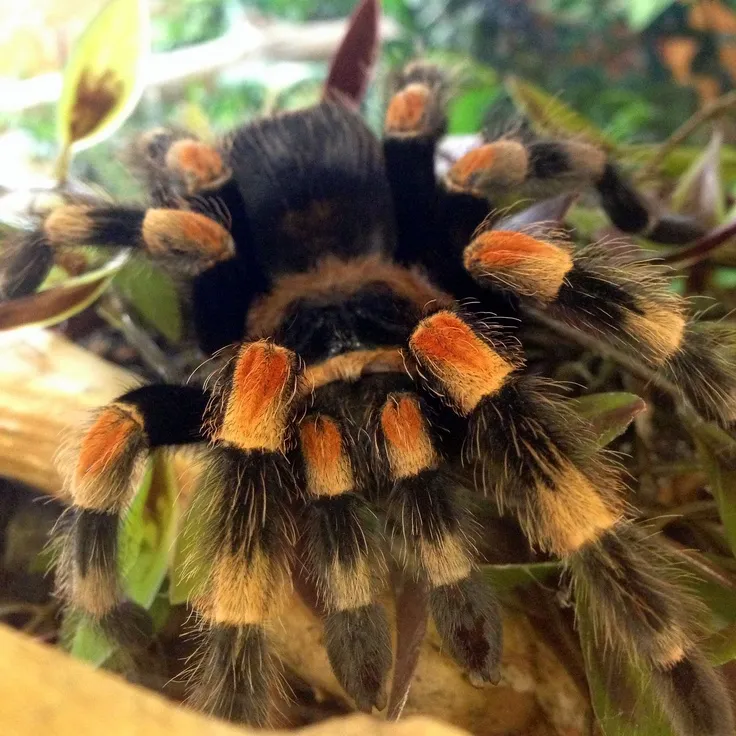
Fact 1 Frequency of Shedding
Younger tarantulas shed more frequently than adults. Spiderlings and juveniles can shed every few months, while adults typically shed once a year, or even less often. The shedding frequency is a good indicator of the tarantula’s growth rate and overall health. Always monitor your tarantula and take note of its shedding schedule to gauge its well-being.
Fact 2 Signs Your Tarantula is Ready to Shed
Several signs indicate that your Mexican Red Knee Tarantula is preparing to shed. The tarantula may stop eating, become less active, and retreat to a secluded area. The abdomen may appear darker, and the exoskeleton might look dull and stretched. You may also notice the tarantula creating a web mat to lie on during the shedding process. These are all indications that the tarantula is getting ready to shed its skin, and you should avoid disturbing it during this time.
Fact 3 Environmental Factors
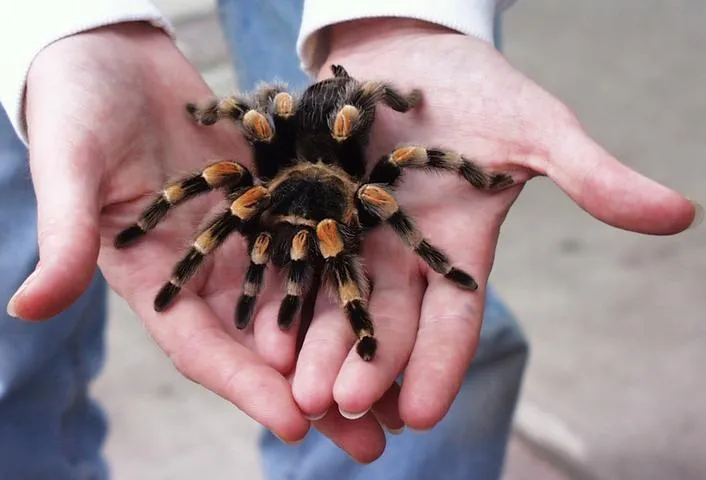
Environmental conditions significantly impact the shedding process. Proper temperature and humidity levels are crucial. Stressful conditions such as loud noises, vibrations, or sudden changes in the environment can also affect shedding. Providing a secure and stable environment, mimicking the tarantula’s natural habitat, is key to successful shedding. This includes maintaining the appropriate temperature, humidity, and substrate to help the tarantula shed smoothly.
Temperature and Humidity
Maintaining the right temperature and humidity levels is essential for successful shedding. The ideal temperature for a Mexican Red Knee Tarantula is generally between 75-85°F (24-29°C), and humidity should be kept at around 60-70%. Low humidity can make shedding difficult, leading to a stuck molt. Proper ventilation is also important to prevent mold and maintain air quality in the enclosure. Monitoring and adjusting these conditions as needed will promote a healthy shedding process.
Fact 4 What to Do During Shedding
During the shedding process, it’s best to leave your tarantula undisturbed. Avoid handling it or making any sudden movements near the enclosure. Ensure the enclosure is clean and has the appropriate humidity levels. Offer fresh water, but do not feed the tarantula. It’s important to be patient and let the tarantula shed at its own pace. Observe from a distance and ensure that it has everything it needs without unnecessary interference.
Fact 5 Post-Shedding Care
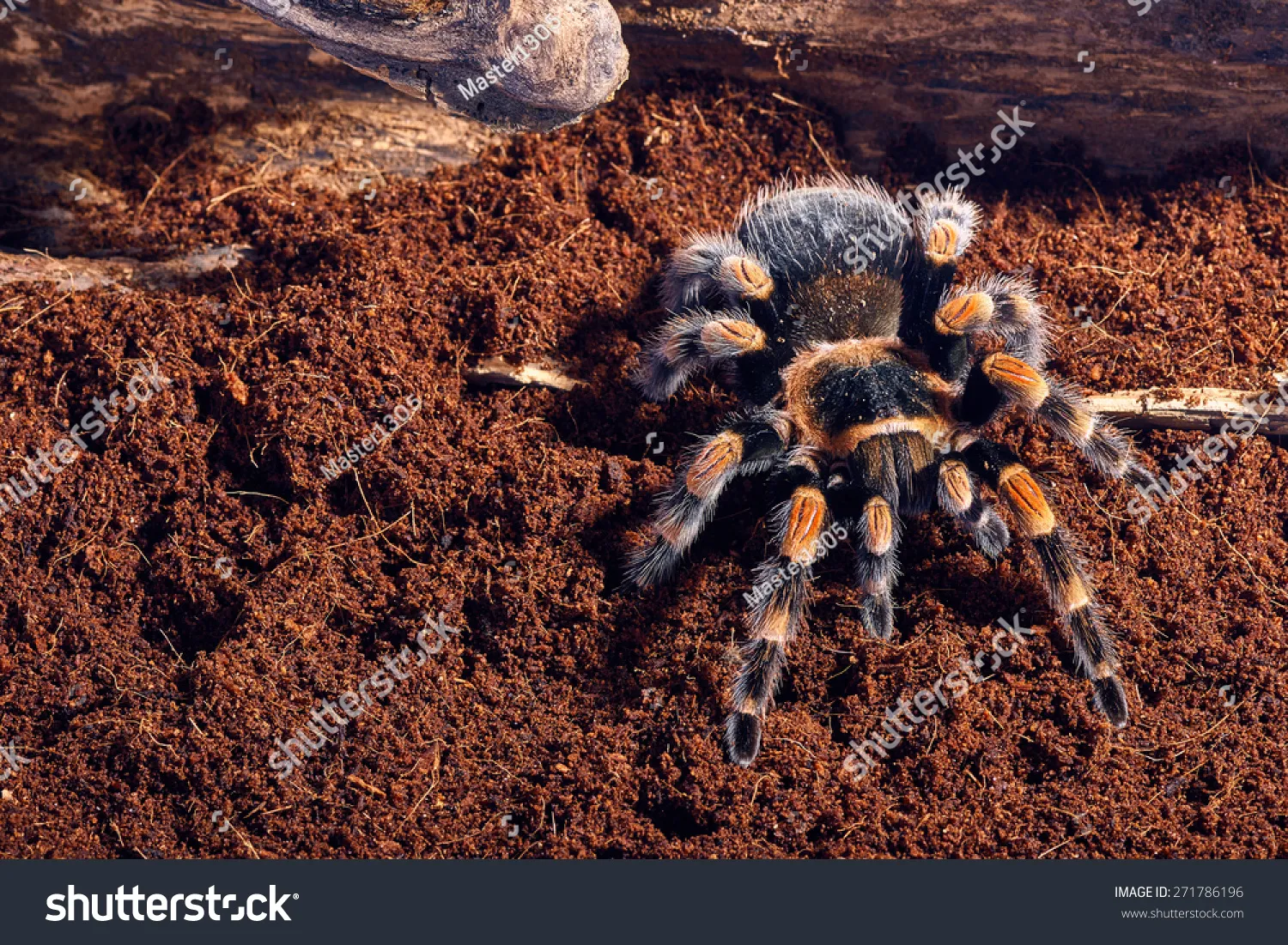
After shedding, the tarantula’s new exoskeleton will be soft for several days. Avoid handling the tarantula during this time, as it’s very vulnerable. Provide plenty of fresh water and wait at least a week before offering food. The tarantula might not be interested in eating immediately. Once the exoskeleton has hardened, gradually reintroduce food. Ensure the food is appropriately sized and that the tarantula can easily catch and consume its prey. Offer a variety of insects to keep your tarantula healthy and happy.
Potential Problems During Shedding
While shedding is a natural process, complications can arise. Being aware of these issues is crucial for responsible tarantula ownership.
Stuck Molt
A stuck molt occurs when the tarantula struggles to shed its skin completely. This can be caused by low humidity, dehydration, or other environmental stressors. Signs of a stuck molt include the tarantula remaining in a partially shed state for an extended period. If you notice a stuck molt, it’s essential to increase the humidity in the enclosure. In severe cases, you may need to carefully assist the tarantula, but this should only be done as a last resort. Gently misting the old exoskeleton with water may help, but avoid pulling or forcing the tarantula out of its old skin.
Dehydration
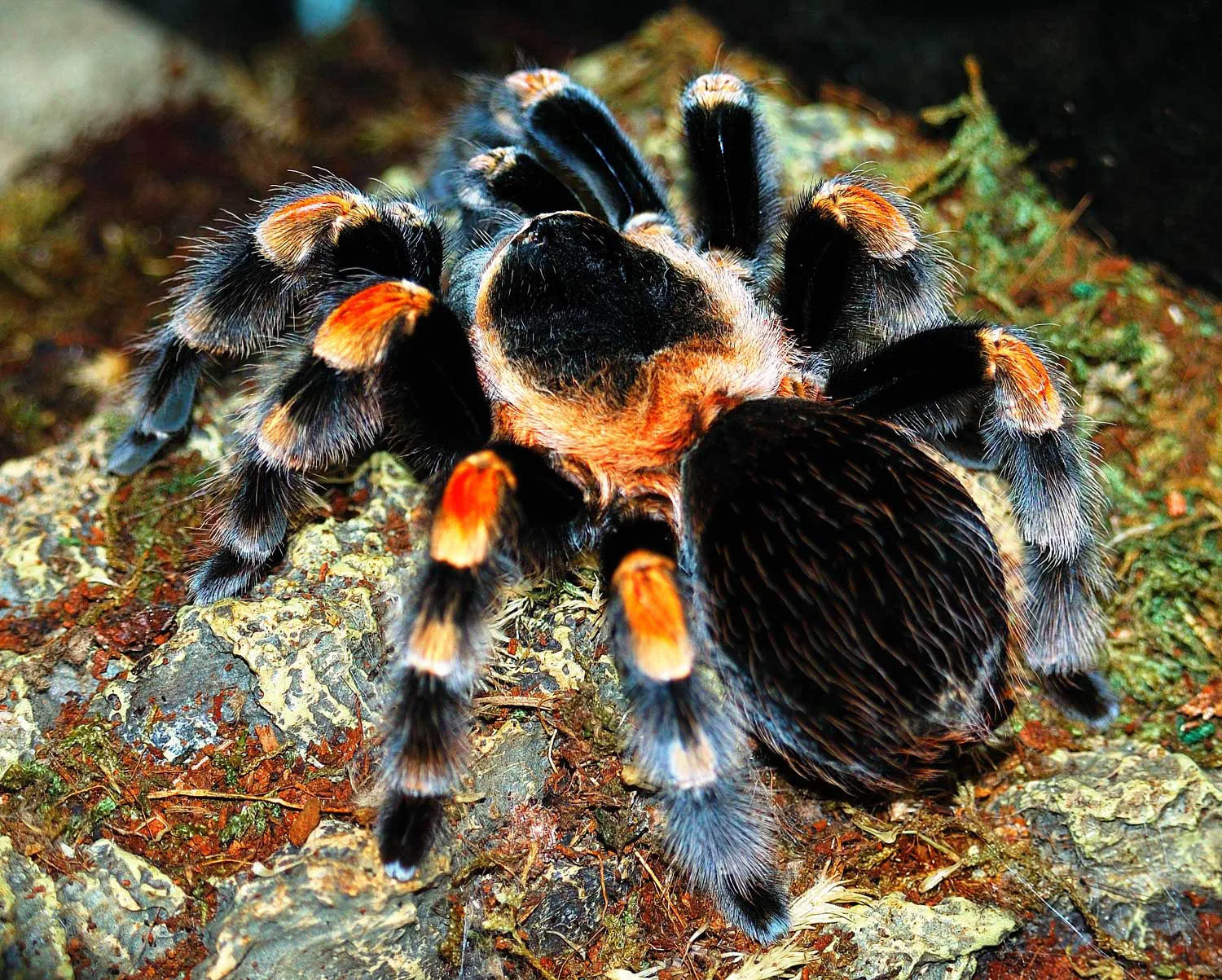
Dehydration can make the shedding process more difficult. A dehydrated tarantula may struggle to break free from its old exoskeleton. This is especially true if the humidity level is too low. Providing a shallow water dish with fresh water is crucial for preventing dehydration. Always ensure your tarantula has access to clean water. Regular misting of the enclosure can also help maintain humidity and facilitate a smoother shedding process. If you suspect dehydration, you should consult a veterinarian or experienced tarantula keeper.
Conclusion
Shedding is a vital part of the life cycle of a Mexican Red Knee Tarantula. Understanding the process, providing the right environment, and knowing what to do during shedding are essential for the health and well-being of your pet. By following these guidelines, you can ensure that your tarantula sheds successfully and continues to thrive. Remember that patience and observation are key. With proper care, your Mexican Red Knee Tarantula will continue to shed and grow, delighting you with its fascinating life cycle. Always consult with a veterinarian or experienced arachnid keeper if you have any concerns or notice any problems with your tarantula’s shedding process.
